Project
GERMANY’S MOST MODERN MONUMENT EXHIBITED TO THE PUBLIC
In 1959 Benno Elkan finished his gypsum model of a “memorial to the dead of war” after a long creative process. Elkan came up with the idea during the war, when he himself was a victim of German bombing raids that destroyed his house in London. He worked on the model with interruptions for over a decade. But it has never been realized, neither in Frankfurt in 1954, nor in Dortmund in 1959. After his death on January 10 1960 the model belonged to his unsaleable estate and is now considered lost.
2016 marks the beginning of a second creative process, this time supported by IT, with seven black-and-white photos of this model, without any scale, without technical specifications, with hardly any different perspectives. Beryn Hammil, the artist’s granddaughter, found them in her grandfather’s written estate, which was handed over to her in 2008. In celebration of the dedication of the “Benno-Elkan-Allee” in Dortmund in April 2016 she proposed the project “Benno’s Dream” to Dortmund’s mayor Ullrich Sierau. According to a letter to his old Dortmund friend Erich Leue it was her grandfather’s dream to see this last work realized in his hometown Dortmund.
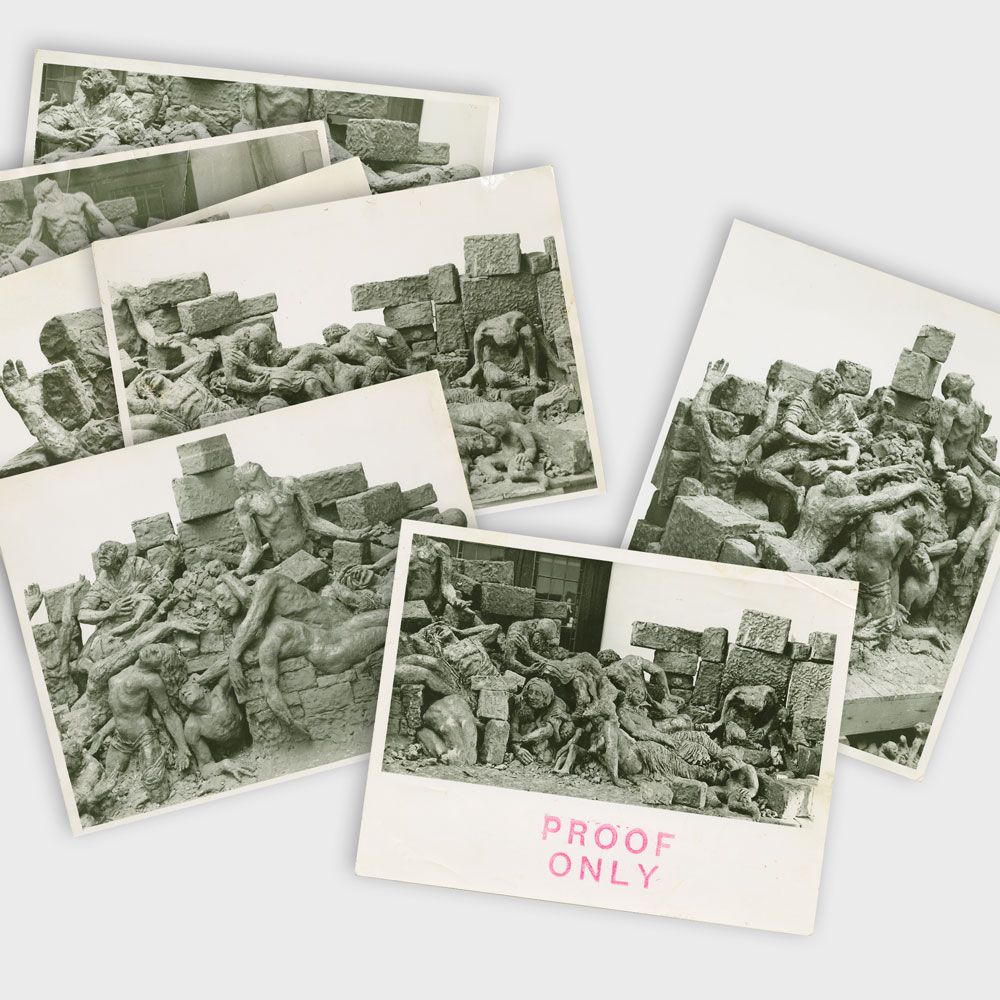
ORIGINAL PICTURES OF THE MODEL
provided by
the Academy of Arts
Berlin
On Sierau’s request Gerd Kolbe, former director of the Dortmund Press Office, and Wolfgang E. Weick, former director of the Dortmund Museum of Art and Cultural History, set out in search of possible ways for realization. They were supported by Professor Heinrich Müller from the Chair of Graphic Systems, Computer Science VII, TU Dortmund and Markus Rall, CEO of viality, an agency for VR and AR development in the Dortmund Technology Center. Both teams worked voluntarily for one year on the implementation of this idea with the help of photogrammetric techniques and other graphical programs.
On Elkan’s 140th birthday in December 2017 Sierau could finally declare that “Benno’s Dream” will come true in Dortmund: computer-aided and presented as a 3D reconstruction in Augmented Reality (AR), visible with special headsets and modern smartphones and tablets. The historical association “Historischer Verein für Dortmund und die Grafschaft Mark” with former mayor Adolf Miksch as chairman will act as the project sponsor, as well as the Stadtkasse Dortmund with its chairman Uwe Samulewicz.
-
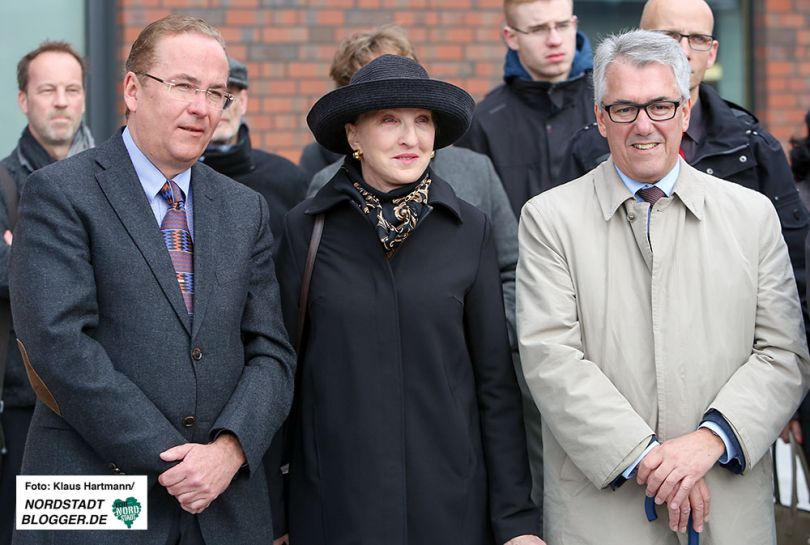
Beryn Hammil
bei der Einweihung der Benno-Elkan-Allee
Foto: Klaus Hartmann -
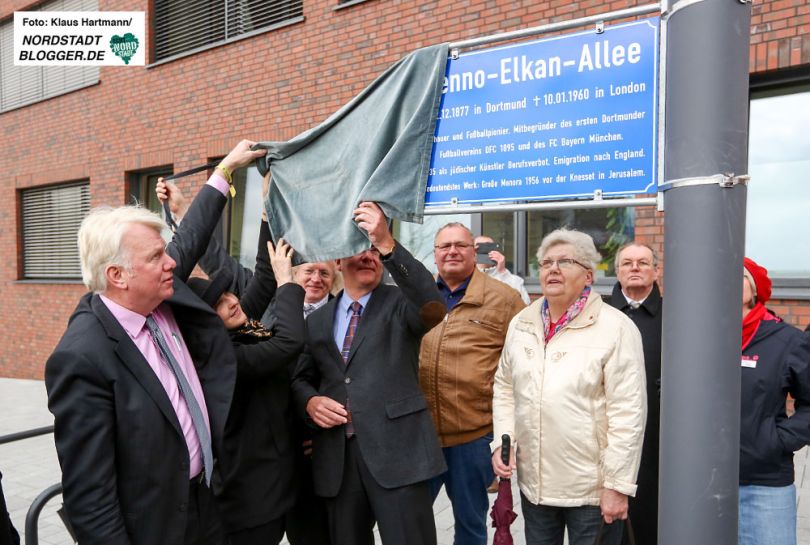
Ullrich Sierau
weiht die Benno-Elkan-Allee ein
Foto: Klaus Hartmann -
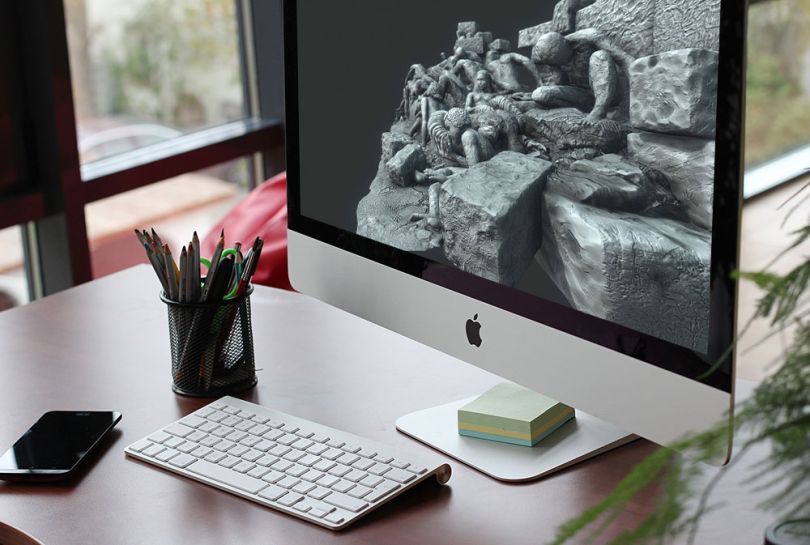
3D Modelle
entstehen am Computer
-
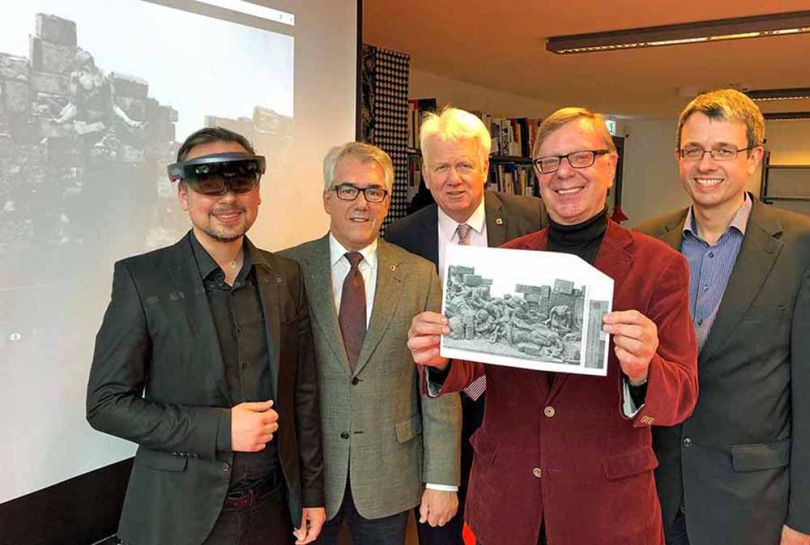
viality
zeigt die ersten virtuellen Bilder den Projektbeteiligten
Foto: J.v.Brocke -
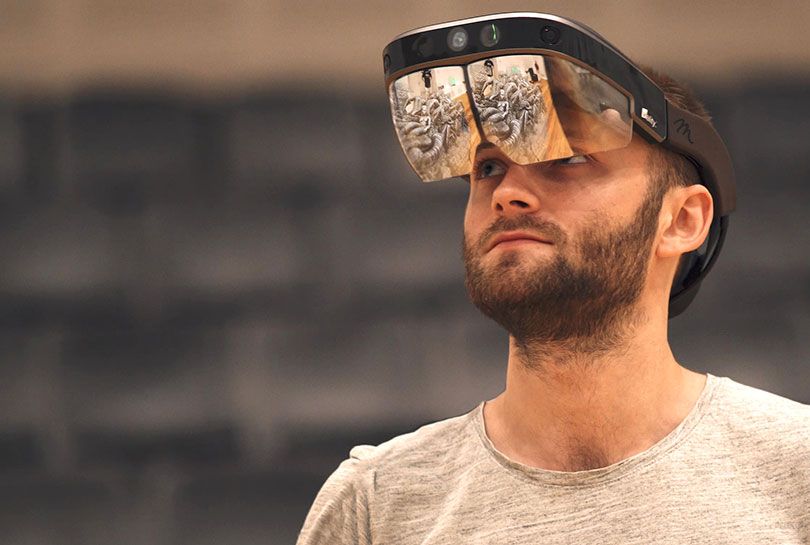
Sichtbar im virtuellen Raum
Blick in die AR Brille
-
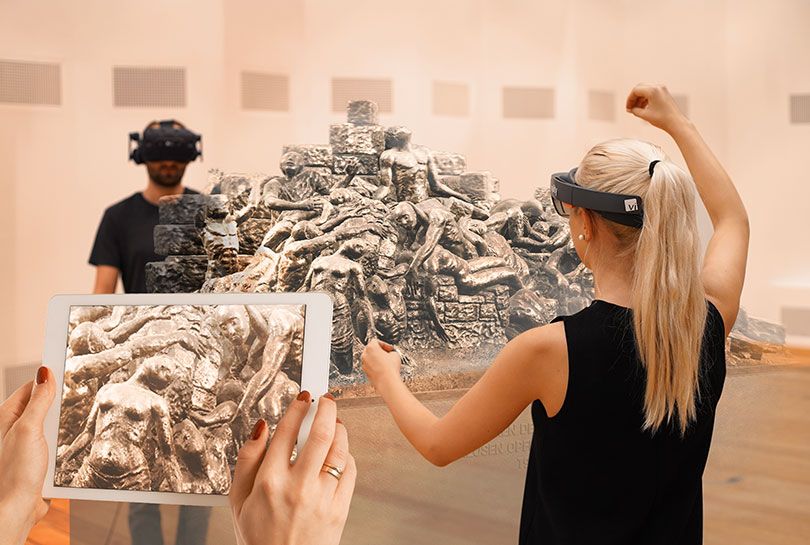
Virtuelles Denkmal
Standortüberprüfung im Museum
Artist
Benno Elkan
Benno Elkan is 47 years old when he has to leave Germany in 1934. He is a successful medalist and sculptor who finds national recognition in the 20s for his unheroic monuments for the victims of the First World War, which place the grieving person in the center of attention. Since the end of the war, he has lived and worked in Frankfurt on the Main, where he played a decisive role in shaping the cultural life of the city for 15 years. Then he received a working prohibition from the Nazi bureaucracy, which forced him to emigrate to London.
Elkan was born in Dortmund in 1877 as the son of master tailor Salomon Elkan and his wife Rosalie. He completed his secondary school leaving certificate at the city high school and was sent to a boarding school near Lausanne to study languages afterwards. There he discovers a new passion: football, which was played mainly by his classmates from the English upper class. Back in Dortmund in 1895, during his apprenticeship with friends, he founded the first Dortmund football club “DFC” in 1895.
In 1898 he decides to become an artist and leaves his hometown but will never turn his back on it. His destination was Munich, the Royal Bavarian Academy of the Arts. There he lived in Schwabing and continued to indulge his passion for football. When like-minded people founded the FC Bayern Munich in 1900, he became the 14th to sign the founding charter.
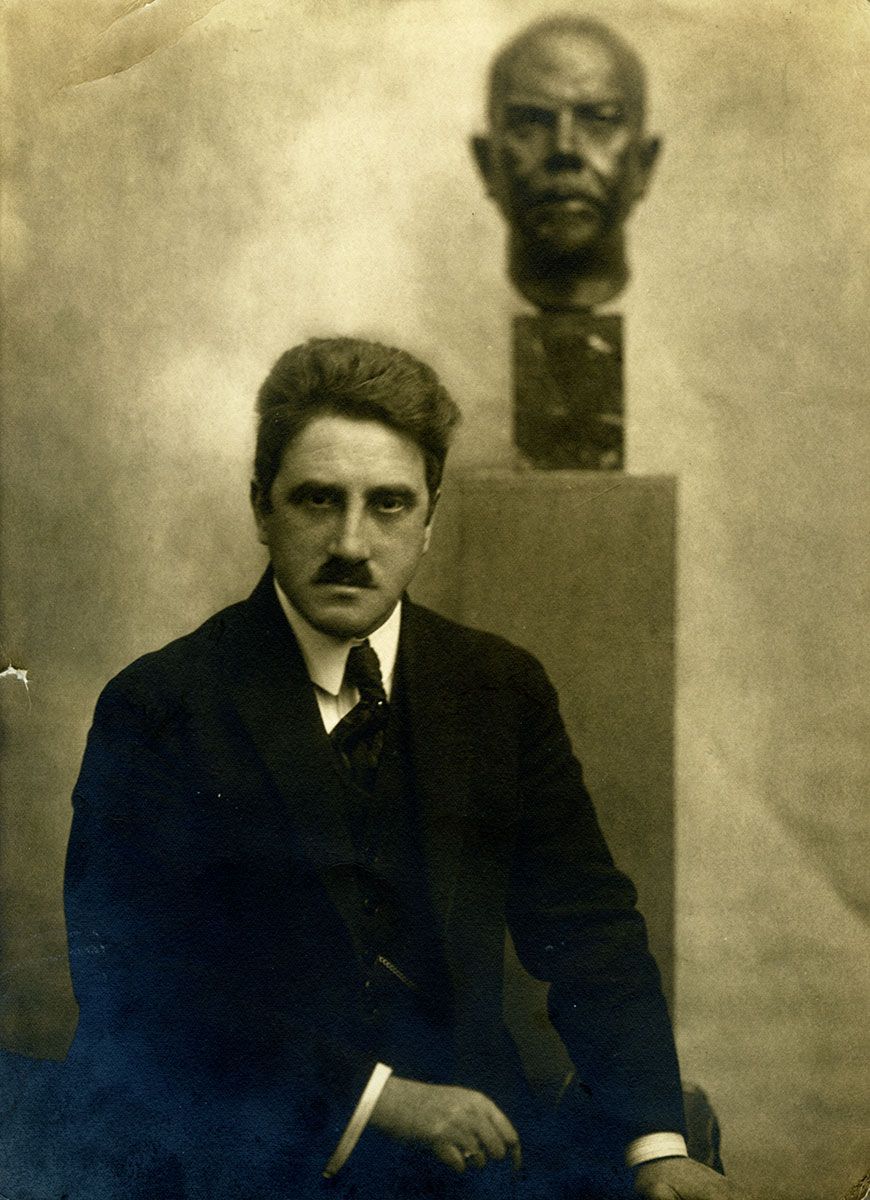
Benno Elkan
Image source:
Academy of Arts,
Berlin,
Benno Elkan archive 208
He continued his studies in 1901 at the Karlsruhe Art Academy with a focus on sculpting. The first commissions for gravestones came from Dortmund in 1903. They can still be seen today at the Ostenfriedhof. He lived and worked in Paris from 1906 to 1908, married the pianist and daughter of the Baden Chief Rabbi Hedwig Einstein in 1907, whom he met in Karlsruhe, and went with her to Rome in 1908 for three years as a scholarship holder of the Jewish Michael Beer Foundation. He experienced World War I in Poland, returned due to cholera and was responsible for post office surveillance in Frankfurt.
The new beginning in London in 1934 was not easy for him, his contacts from his time at boarding school in Switzerland probably helped him. After 1936, after a gallery exhibition in London, the commissions became more frequent again: medals, portrait busts and candlesticks for churches such as Westminster Abbey were in the focus of his work.
Until the end of the war Benno and his wife were not allowed to become British citizens, but they finally got their citizenship in August 1946. Like all Jews at that time, he was touched by the fate of Palestine. In these years he developed his idea to create a large seven-armed lampstand, a Menorah, the symbol of Judaism through the centuries. It will become his lifework.
With the help of a “Menorah Fund Committee”, founded in 1953 in the House of Lords, the financing of the lampstand is ensured, which was finally handed over to the Knesset, the Israeli Parliament, in 1956 as a gift from Great Britain on the eve of the 8th Israeli Independence Day. 4,5 metres high and over 3,5 metres wide it tells the story of the Jews up to the foundation of the State of Israel.
Exhibition
MUSEUM FOR ART AND CULTURAL HISTORY
Museum für Kunst und Kulturgeschichte
Hansastr. 3
44137 Dortmund
Paintings, sculptures, furniture, arts and crafts, photography, textiles, urban history and archaeology up to the 20th century are just a few of the topics that the Dortmund Museum deals with. A new theme has been added with immediate effect: Germany’s most modern monument as an Augmented Reality application. It allows the user to expand the perception of reality with the aid of computers.
The Museum of Art and Cultural History shows the 3D reconstruction of the memorial by Dortmund’s artist Benno Elkan in the exhibition’s lobby.
Use your own smartphone or tablet for viewing or borrow a device from the museum reception desk. Further information about the app can be found here.
Address
Museum of Art
and Cultural History
Hansastraße 3
44137 Dortmund
OPENING TIMES
Tuesday, Wednesday, Friday, Sunday
10 am – 5 pm
Thursday
10 am – 8 pm
Saturday
12 pm – 5 am
Closed on Mondays
App
Benno Elkan AR
The “Memorial to the Dead of War” cannot be seen with the bare eye. But if you look at it through the app on a compatible smartphone or tablet, you can view it.
YOU WANT TO EXPERIENCE THE MEMORIAL?
Visit the exhibition in Dortmund’s Museum of Art and Cultural History. You can either borrow a tablet in the foyer or install the free app “Benno Elkan AR” on your own compatible smartphone or tablet.
The app includes an “At Home”-Option. In this case you had to download and print the following image marker.
You can get the marker here.
Google Play and the Google Play logo are trademarks of Google LLC.
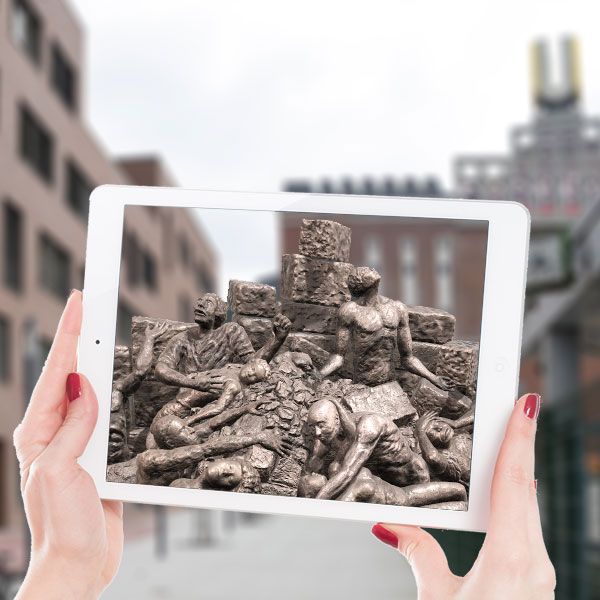
Unterstützer
Danke allen Beteiligten
Initiatorin
Beryn Hammil
Bildquelle
Archiv der Akademie der Künste
Berlin
Unterstützer
Ullrich Sierau
Projektbeauftragte
Gerd Kolbe
Wolfgang E. Weick
Realisation
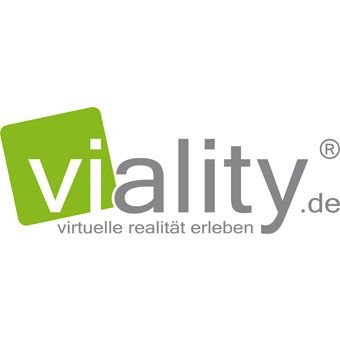
viality

TU Dortmund
Projektträger
Historischer Verein für Dortmund und die Grafschaft Mark
Sponsor
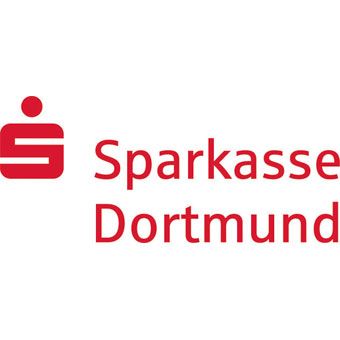
Sparkasse Dortmund
Newsletter
Ankündigungen
Möchten Sie über das Projekt auf dem Laufenden gehalten werden? Tragen Sie sich einfach in den Newsletter ein.

